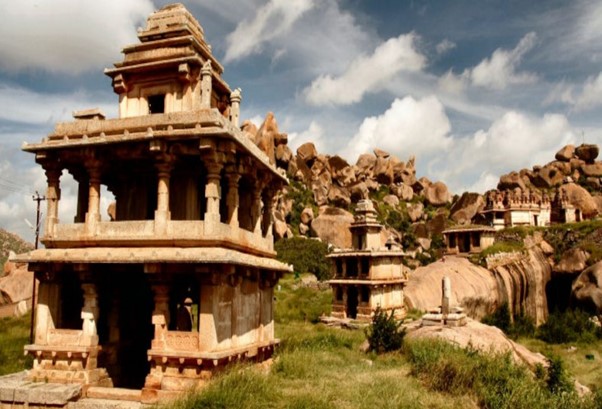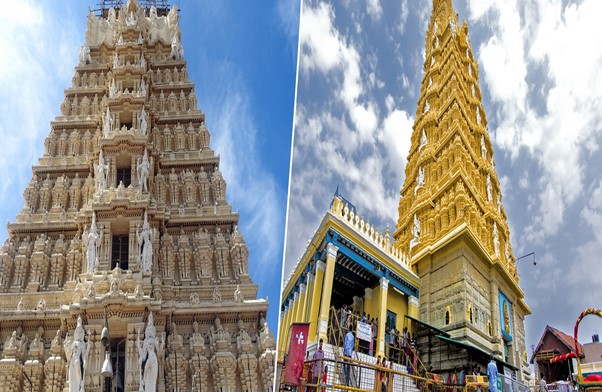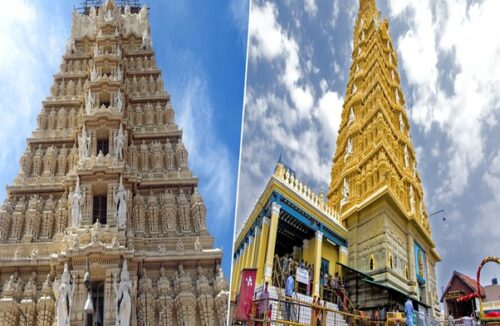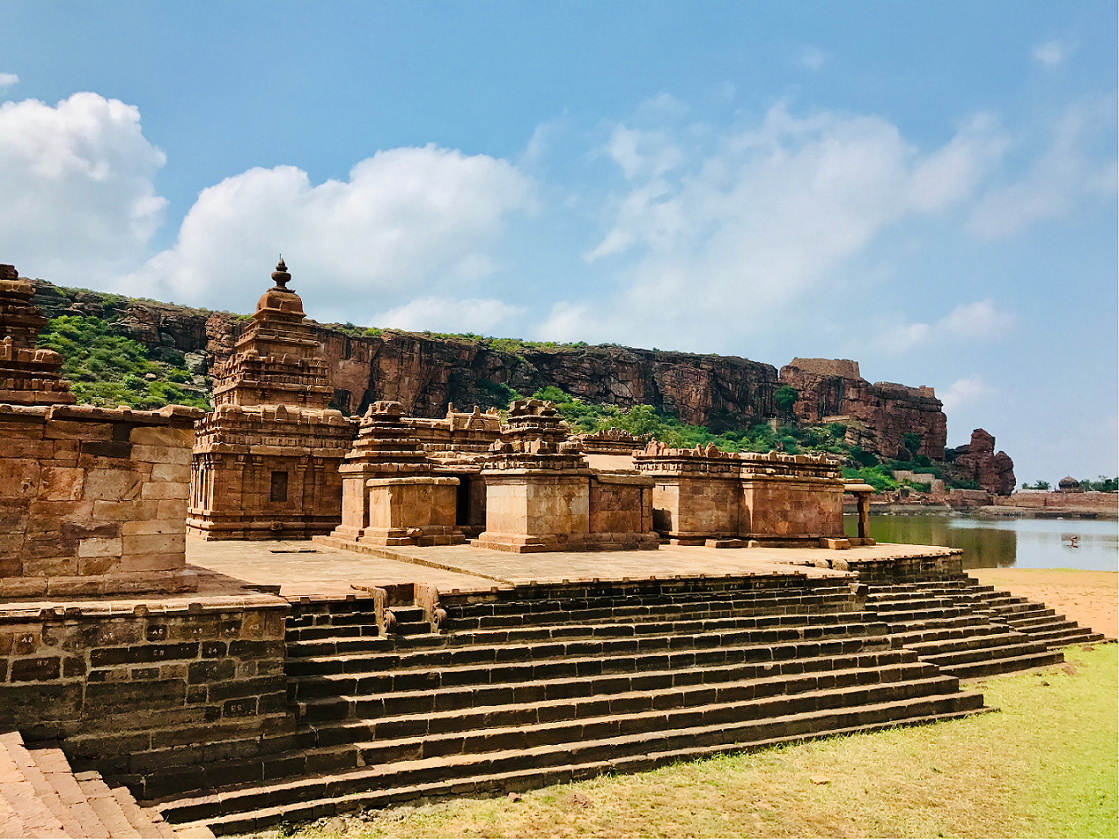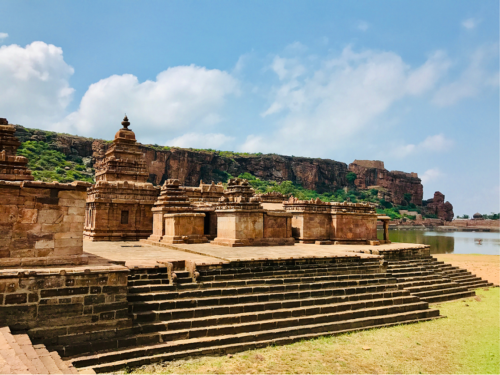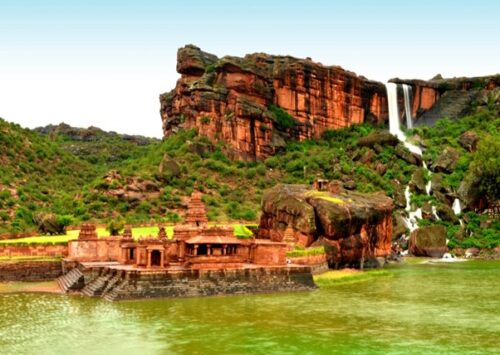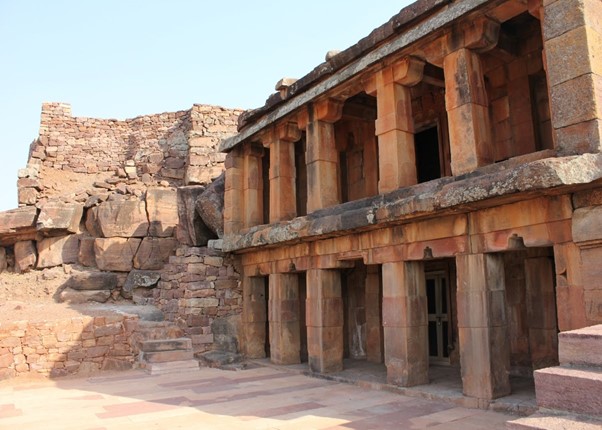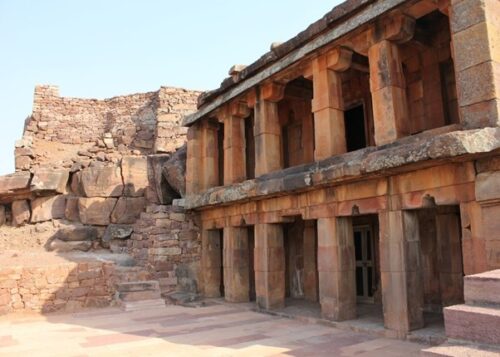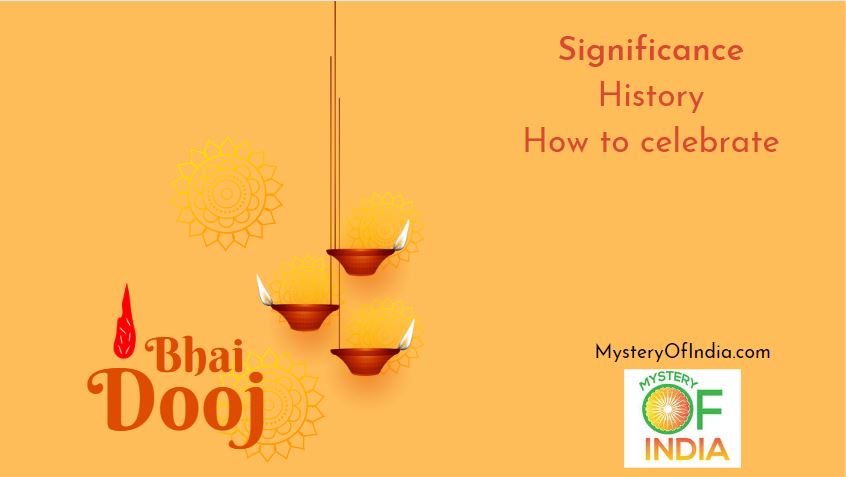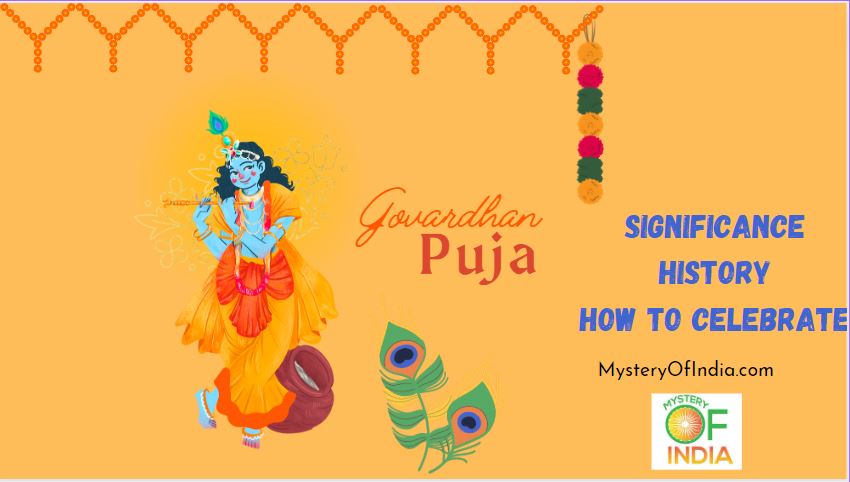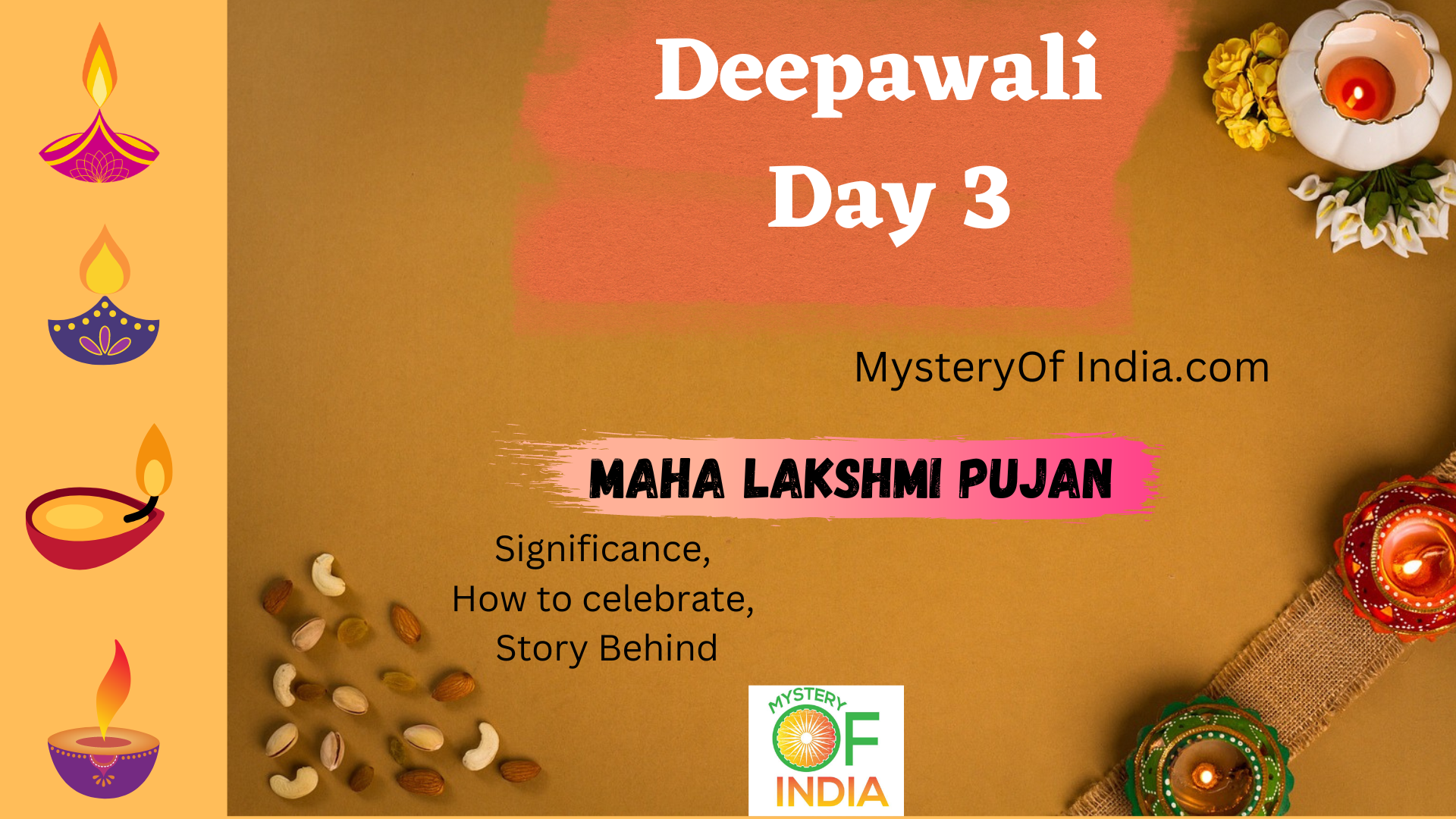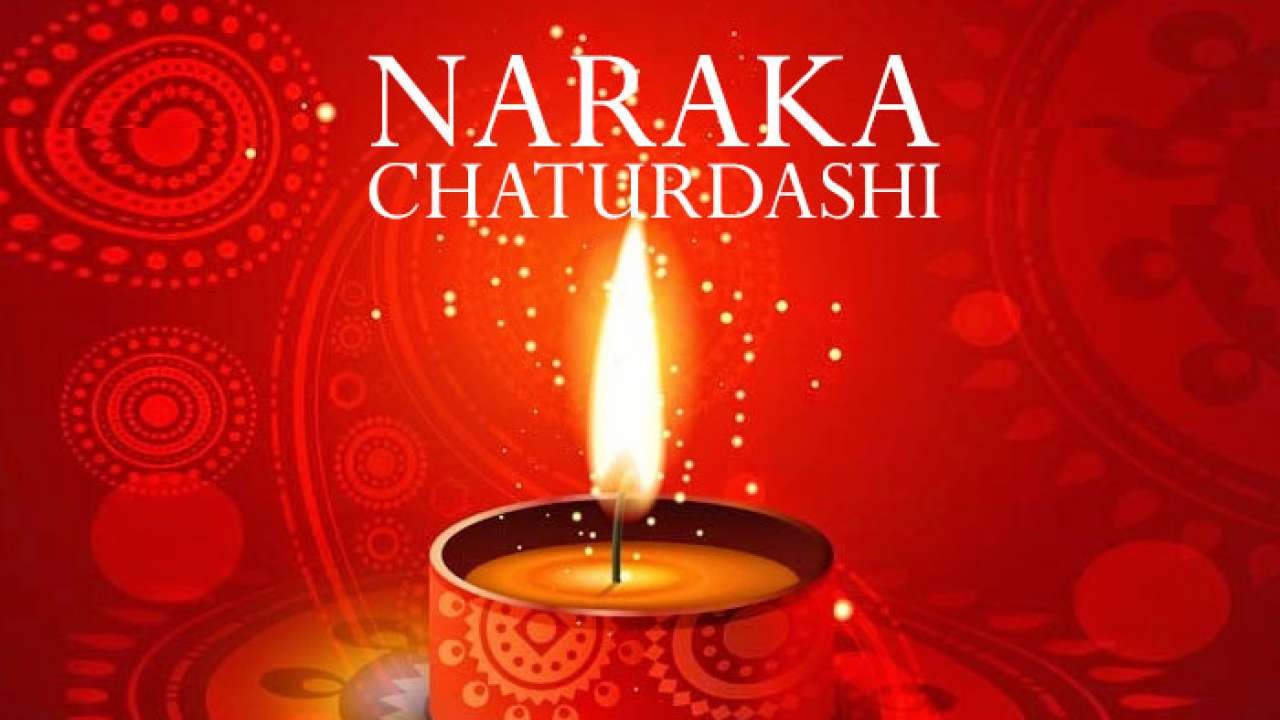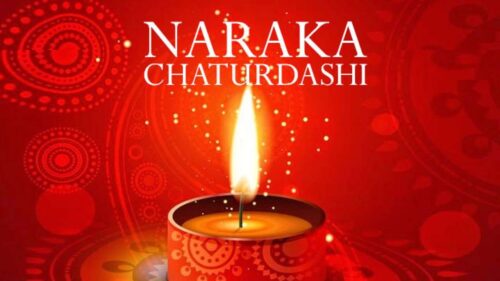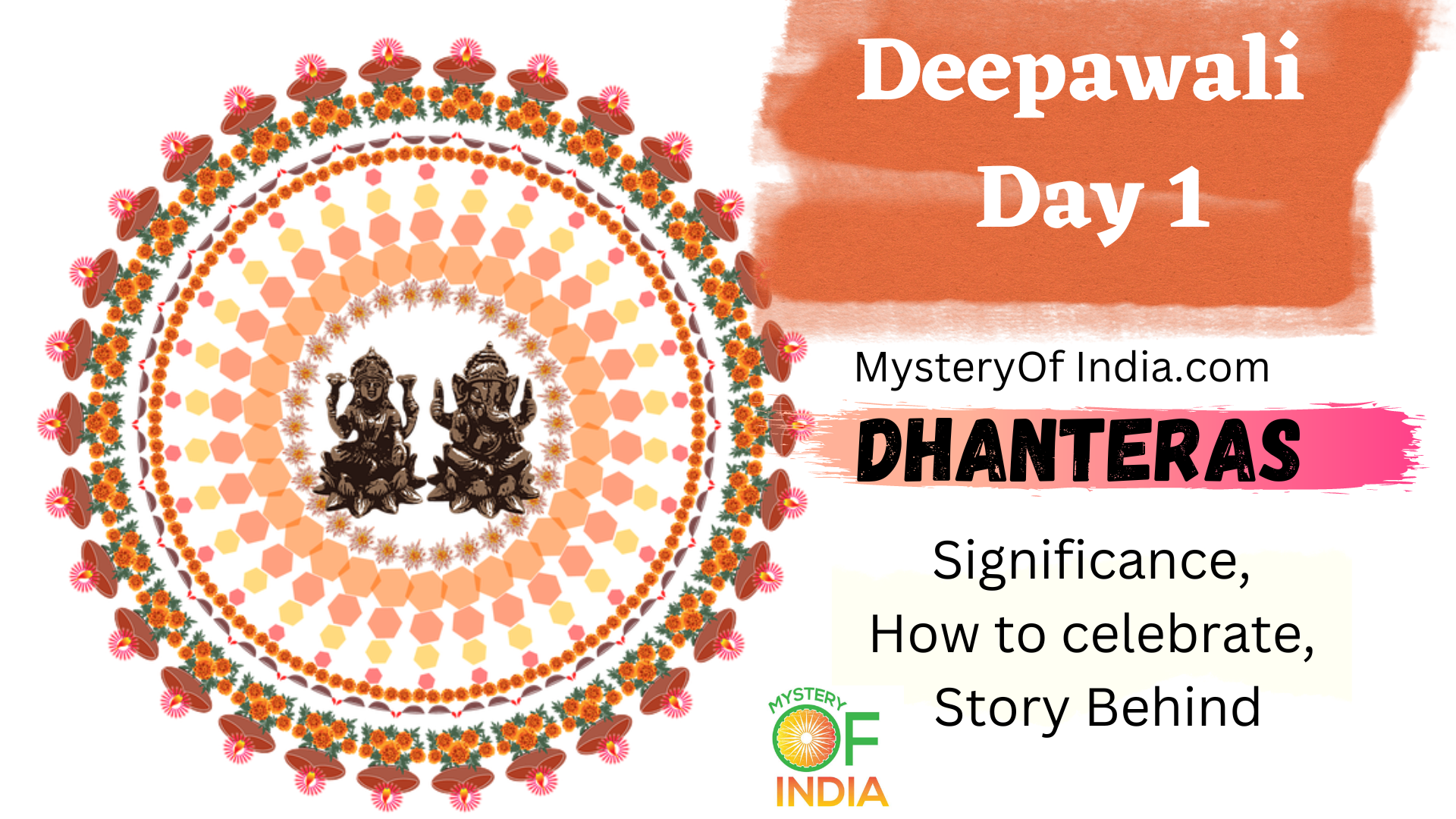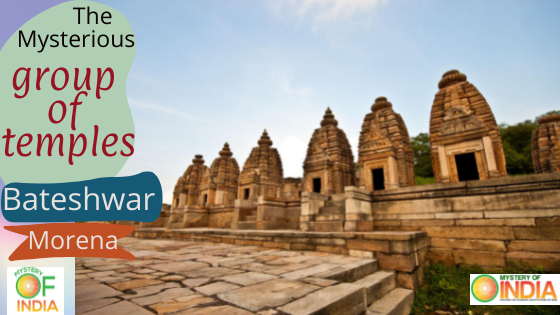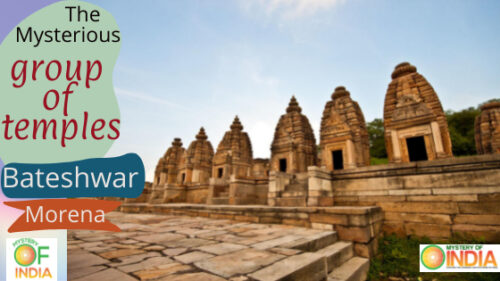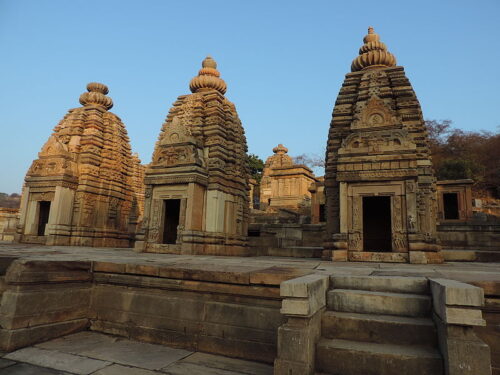Welcome to our blog on Chitradurga Fort, a majestic stronghold that has stood the test of time in the heart of Karnataka, India.
With a history dating back to the Paleolithic era, this fort has witnessed the rise and fall of several empires and has been a testament to the region’s rich cultural and archaeological significance.
In this blog, we will delve into the history of the fort, explore its archaeological importance, and highlight some of the popular attractions that draw visitors from all over the world. So, join us as we journey back in time and discover the fascinating stories and secrets of Chitradurga Fort!
Chitradurga Fort- History
Nestled in the rolling hills of the Deccan plateau, Chitradurga Fort has stood tall for centuries, guarding the city of Chitradurga and its surrounding region. But its history stretches back much further than its current form. In fact, evidence suggests that the fort has been in use since the Paleolithic era, with ancient rock paintings and artifacts discovered within its walls.
As the centuries passed, the fort played host to a variety of empires and dynasties. It was a strategic stronghold for the Chalukyas in the 6th century, and later came under the control of the Rashtrakutas and the Hoysalas. In the 13th century, it was captured by the rulers of the Vijayanagara Empire, who made significant renovations and additions to the fort, including the construction of a number of temples and other buildings.
But it was during the rule of the Nayakas in the 18th century that the fort reached its peak of prominence. Under the leadership of Madakari Nayaka, the fort was fortified with several layers of walls and defensive structures, making it virtually impregnable to attacks. It was during this time that the fort earned its reputation as a formidable fortress, and it continued to serve as a military stronghold until the late 19th century.
Today, Chitradurga Fort stands as a testament to the rich history of the region and the many cultures and empires that have left their mark on its walls. Its ancient walls and structures continue to fascinate visitors from all over the world, who come to explore its winding corridors, secret passages, and hidden chambers, and to learn more about the fascinating stories and legends that have been passed down through the ages!
Chitradurga Fort- Architecture
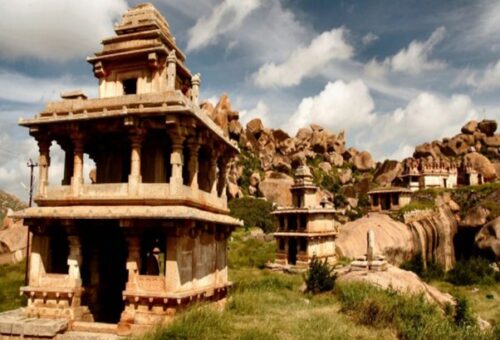
The Chitradurga Fort is a marvel of military engineering, with a complex and intricate design that has stood the test of time. Built on a rocky hill, the fort is surrounded by seven concentric walls, each with its own moat and gate, creating a series of defensive barriers that were virtually impregnable to attackers.
At the heart of the fort is the citadel, which contains a number of important buildings and structures, including temples, halls, and residential quarters. The most prominent of these is the Hidimbeshwara Temple, a beautifully crafted temple dedicated to the Hindu god Shiva. Other notable structures within the citadel include the Jaina Basti, a group of Jain temples, and the Kallina Kote, a massive stone fortress that served as the military headquarters of the Nayaka rulers.
But the fort is not just a collection of buildings and walls. It is also a work of art, with intricate carvings and sculptures adorning its walls and gates. One of the most famous of these is the “Old Fort Wall,” a massive stone wall that is adorned with intricate carvings of elephants, horses, and other animals. Another popular attraction is the “Chainwall,” a massive stone wall that was used to defend the fort against attacks.
In short, the Chitradurga Fort proves the skill and ingenuity of its builders and the enduring power of its architecture. Its complex design and beautiful craftsmanship have made it a popular destination for tourists and history buffs alike, and it continues to stand as a symbol of the region’s rich cultural and architectural heritage.
The Chitradurga Fort houses several temples!
Apart from being a strong military foothold, the Chitradurga Fort is also home to a number of beautiful and historic temples. These temples, which range in age from the 13th to the 19th century, are an integral part of the fort’s cultural and spiritual significance and are a testament to the rich religious heritage of the region.
One of the most popular temples within the fort is the Hidimbeshwara Temple, a beautifully crafted temple dedicated to the Hindu god Shiva. Built in the 18th century, this temple is known for its intricate carvings and sculptures and is a popular destination for devotees and tourists alike.
Other notable temples within the fort include the Ekanathamma Temple, a small but beautifully decorated temple dedicated to the goddess Ekanathamma, and the Phalguneshvara Temple, a temple dedicated to the god Shiva. There is also the Gopalakrishna Temple, which is dedicated to the god Krishna, and the Anjaneya Temple, which is dedicated to the monkey god Hanuman.
In addition to these temples, the fort also houses the Sampige Siddheshwara Temple, a temple dedicated to the god Siddheshwara, and the Subbaraya Temple, which is dedicated to the god Subramanya. And, for those interested in the spiritual traditions of the Jain community, there is the Basava Temple, a temple dedicated to the Jain saint Basava!
Popular Tourist Attractions inside the Chitradurga Fort
The Chitradurga Fort is home to a number of popular attractions that draw visitors from all over the world. From ancient temples and rock-cut caves to modern dams and reservoirs, there is something for everyone at this historic site.
1. Onake Obavvana Kindi
One of the most popular attractions within the fort is the Onake Obavvana Kindi, an ancient rock-cut cave that is believed to have been used by the Jain monks as a place of meditation and contemplation.
This cave, which is adorned with intricate carvings and sculptures, offers a unique glimpse into the region’s spiritual and cultural heritage and is a must-see for any visitor to the fort.
2. Davanagere
Another popular attraction is the Davanagere, a large and beautiful lake that is surrounded by gardens and parks.
This lake, which is home to a variety of birds and other wildlife, is a popular destination for picnics, boating, and other recreational activities.
3. The Vani Vilas Sagar Dam
For those interested in modern engineering and technology, the Vani Vilas Sagar Dam is a must-see. Located on the outskirts of the fort, this dam is a marvel of modern engineering, with its massive concrete walls and towering gates.
It is a popular destination for tourists and locals alike, and offers beautiful views of the surrounding landscape.
4. Ankali Matt – Chandravalli Caves
Finally, there is the Ankali Matt – Chandravalli Caves, a series of ancient rock-cut caves that are believed to have been used by the Buddhists as a place of worship and meditation.
These caves, which are adorned with beautiful carvings and sculptures, offer a unique glimpse into the region’s spiritual and cultural history and are a must-see for any visitor to the fort.
How to reach the Chitradurga Fort and what are the visiting times?
If you are planning a visit to the Chitradurga Fort, there are a few things you should know about how to get there and what to expect during your visit.
First and foremost, Chitradurga is located about 200 kms from Bengaluru, the capital city of Karnataka, India. The easiest way to get to Chitradurga is by air, and the closest airport is Vidyanagar airport in Bellary, which is about 140 kms away.
However, many visitors choose to fly into Bengaluru airport, which is about 225 kms away, due to the higher number of flights available. From either airport, you can rent a car or take a bus or train to Chitradurga.
Once you arrive in Chitradurga, the fort is easy to access and is located less than two kms from the city centre. It is open from 6:00 a.m. to 6:00 p.m. on all days, and there are certified guides available near the entrance who can be hired to give a guided tour and provide more information about the fort’s historic importance.
Overall, Chitradurga Fort is a must-see destination for anyone interested in history, archaeology, or culture, and it is easy to get to and explore. So, if you are planning a trip to Karnataka, be sure to add the Chitradurga Fort to your itinerary. You won’t be disappointed!


